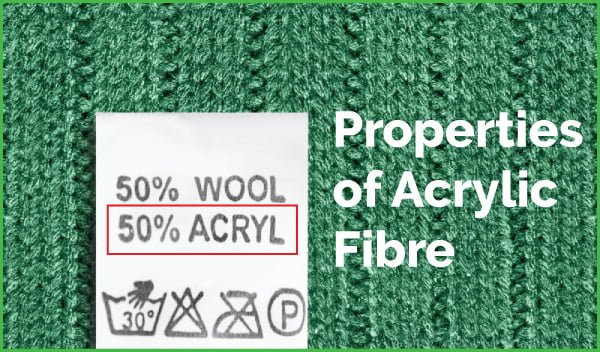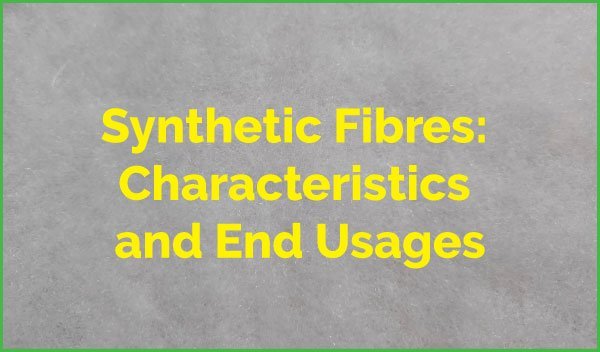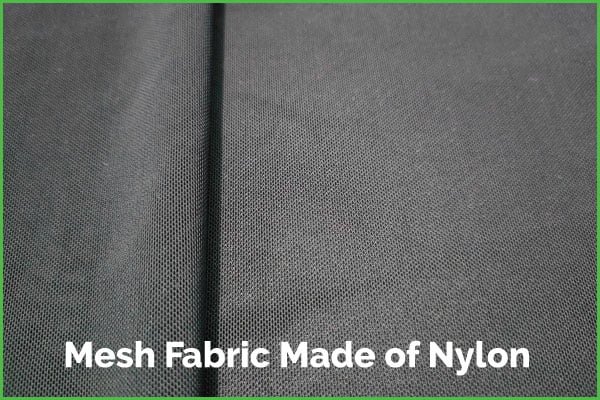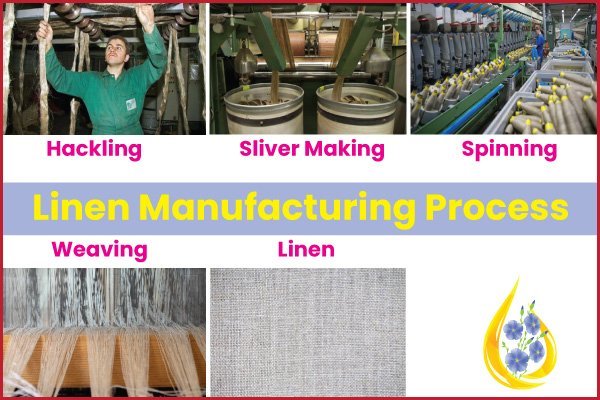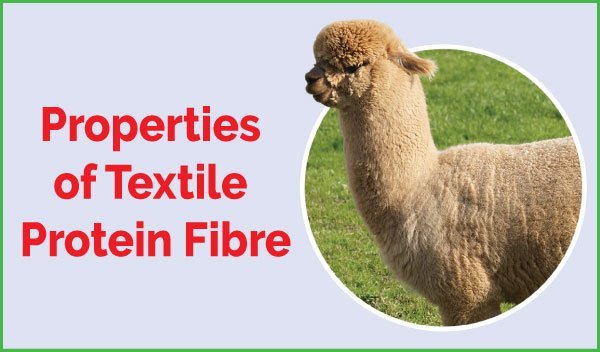Properties of Acrylic Fibre
Acrylic fibre is the most popular among the synthetic fibres. It contains about 85% acrylonitrile units. It is generated from hydrogen, cyanide, acetylene and petroleum. Top Properties of Acrylic Fibre The main properties of acrylic ….. Read More

